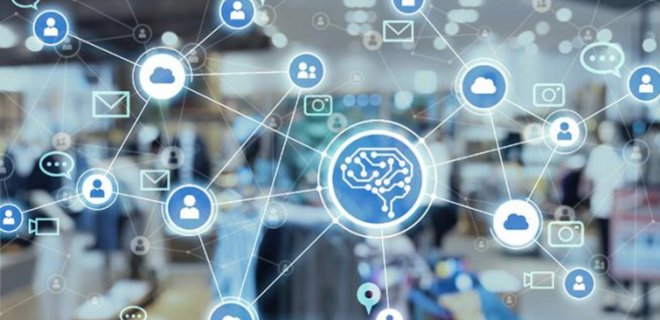
GREEN LOGISTICS
The high mobility and speed of delivery of goods, which is provided by the global transport network, undoubtedly have a detrimental effect on the environment.
Electric vehicles, AI-based software that calculates routes with the lowest emission levels, and resource-efficient packaging will help minimize the environmental impact of logistics.
BLOCKCHAIN TECHNOLOGIES
Blockchain will provide logistics companies with a seamless digital network. The technology will enable manufacturers, suppliers, customers, auditors, warehouse managers and others in the supply chain to create a transparent and efficient system for recording transactions, tracking assets and managing documents.
The security of the supply chain will be increased, fraudulent activities will be minimized due to complete transparency, and the absence of paperwork will reduce the risk of errors.
AUTOMATION OF LOGISTICS AND INTERNET OF THINGS (IOT)
These techniques are transforming the global supply chain market. IoT is communication between devices that are connected to each other by small sensors of different types.
IoT will help eliminate shipping delays, operator errors, and cargo loss and theft. In the near future, supply chain management is expected to use IoT and edge computing to generate automated data in real time. For example, to predict equipment failures and reduce crash risks using visual and acoustic sensors in maritime transport.
IMPLEMENTATION OF COLLABORATIVE ROBOTS (COBOTS)
Cobots will be needed to efficiently perform delivery order processing services. They are equipped with a long-range and visibility system and can quickly unload trucks, move boxes and pallets.
Amazon is already developing robots for warehouse operations, including functions such as packing, storing, and order picking.
DIGITAL TWINS TECHNOLOGY
Structural parts wear out and are replaced, and until recently, their computer models could not display this. With the advent of digital twin technology, everything has changed. Now the physical and digital worlds can be so synchronized that it will allow interacting with the digital model of a physical object as with its physical counterpart.
The possibilities for using digital twins in logistics are enormous. In the international transport sector, this technology can collect product and packaging data and use it to identify deficiencies and errors.
Warehouses and businesses can use “digital twins” to create accurate 3D models of their centers, experimenting with the introduction of new equipment. And delivery networks are designed to provide real-time information about cargo, improve delivery times, and help autonomous vehicles along their routes.